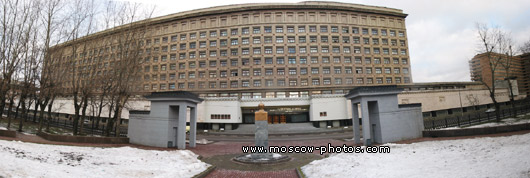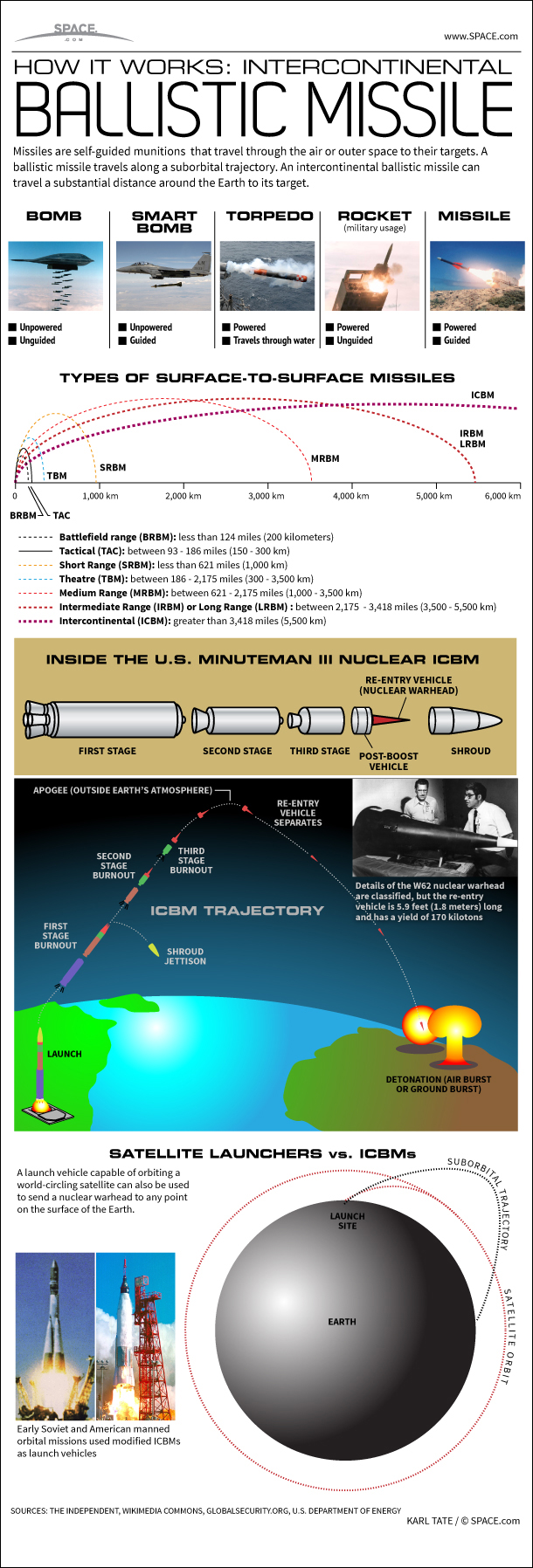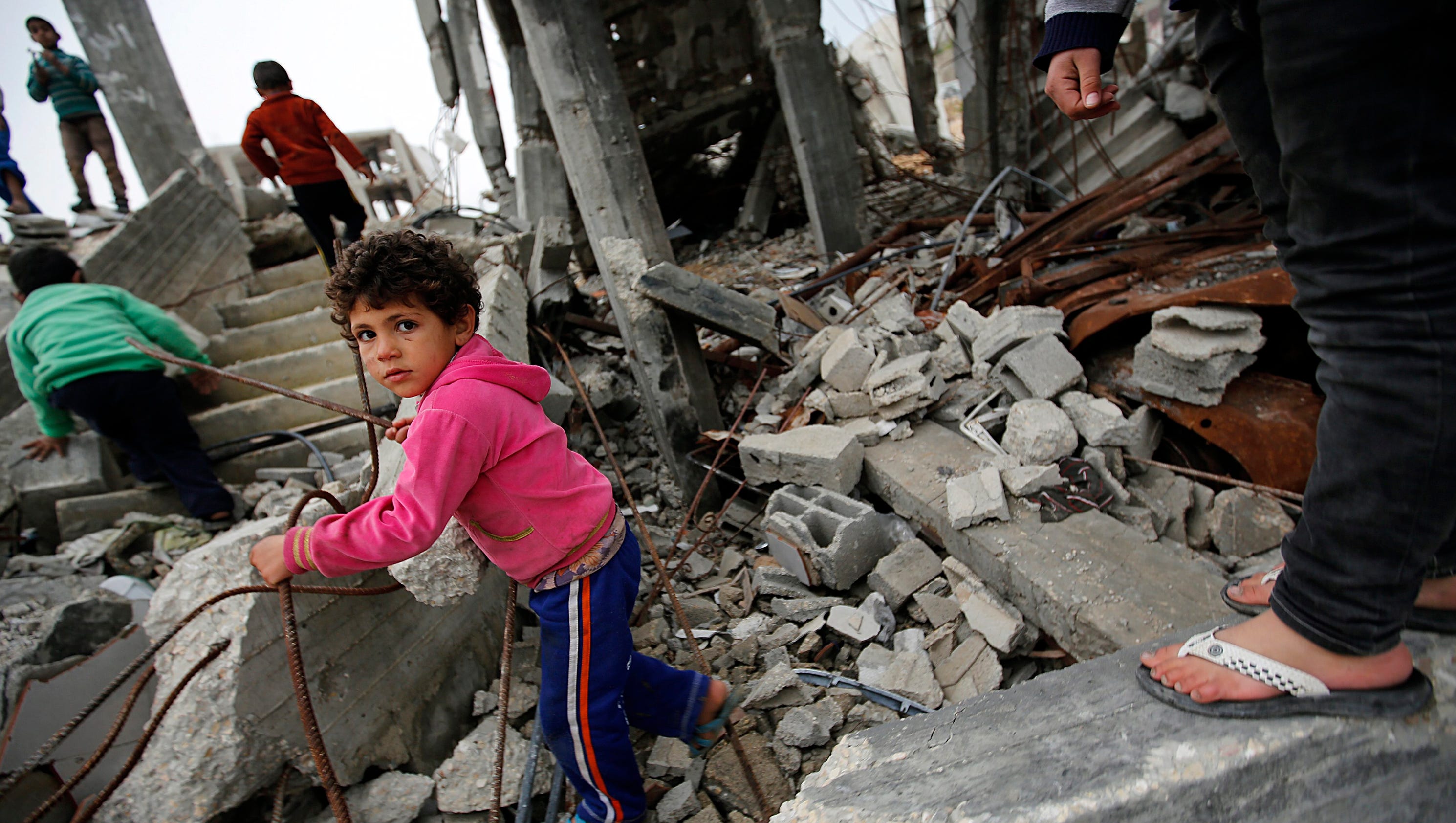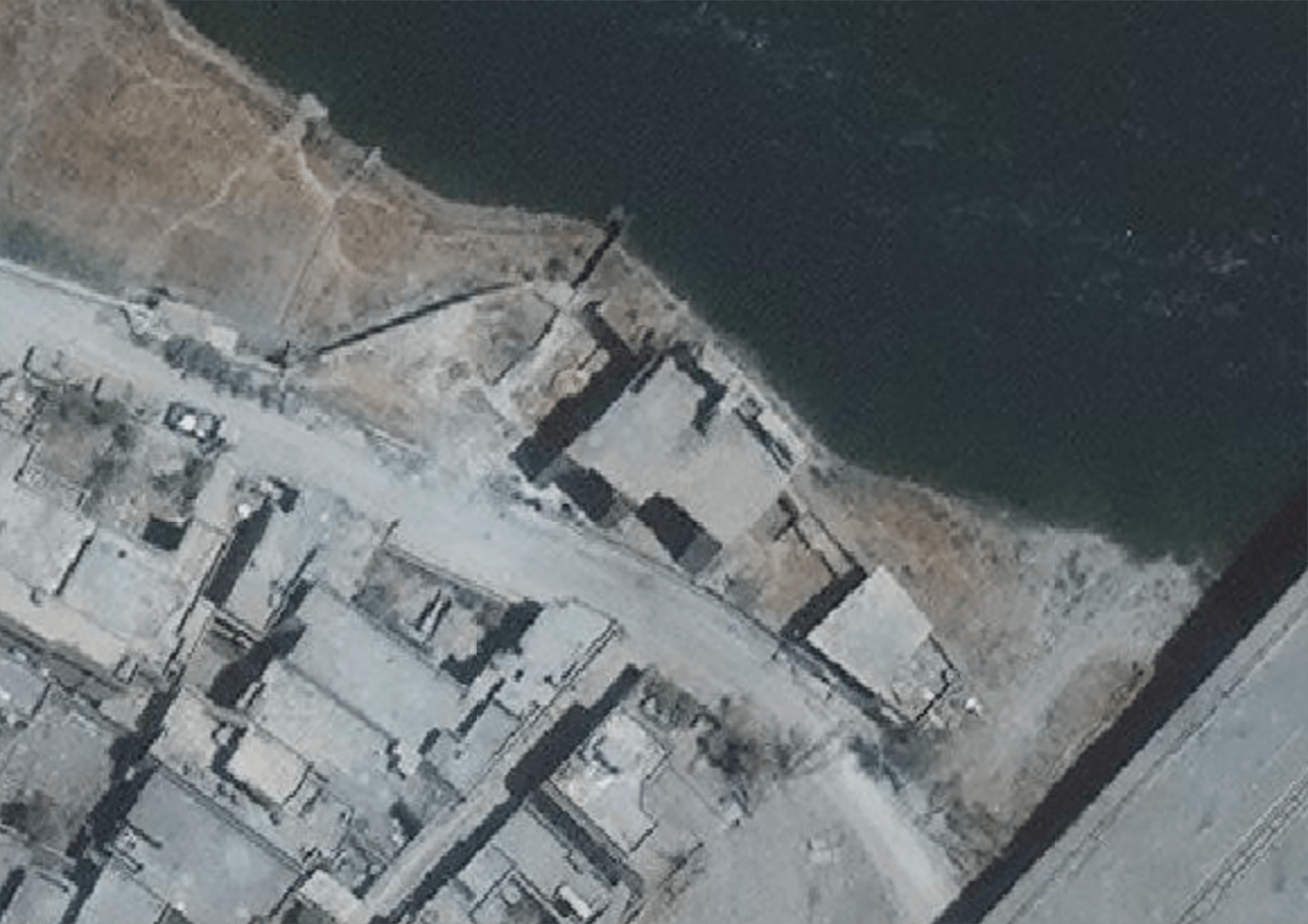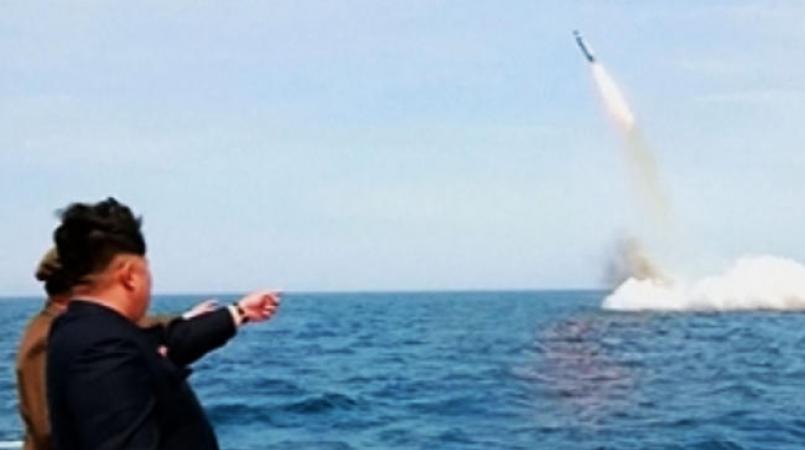Going back to the 1970’s, North Korea was counterfeiting U.S. currency. In 2006, it was the super note, a perfect $100 dollar bill.
Training for such skills as counterfeiting, illicit drugs, weapons, cyber warfare and bootleg merchandise comes out of Office 39. Clandestine and fraudulent transactions including management operations flowing through Office 39 is estimate in the $6-8 billion range.
In 2014, one defector fleeing to Russia had $5 million of the Office 39 funds money with him.
Those highly selected North Koreans assigned to Office 39 arrive from having received an education in these specialties from elite universities or academies in China and Russia. Other highly selected North Koreans are also required to attend an in country school known as Mirim College. This school was founded by Kim Jong Il in 1986.
According to a defector:
this college has a highly confidential mission—education of world-class IT warriors—its security is so exhaustively kept that individual guard units are dispatched to the college solely for security. The security manual distributed to guards indicates that, “Without the permission of the college commander, no car should be allowed entrance to college grounds except for that of Kim Jong Il.”
Students of the college wear the same uniform as military officials, but on their shoulders they brandish special stars, on which hak (meaning is learning) is printed. A “Kim Il Political Military University” badge is worn on the left side of the chest.
Kim Jung Il lived the high life while his own people suffered to not only beatings but to death by starvation. His son, Kim Jung Un, taking over the country lives much the same yet due to sanctions and isolation by the international community, illicit activities continue.
Counterfeiting of currency is not so much a common practice in North Korea and the country has been dabbling in bitcoin fraud and now through cyber activity, they steal currency.
Just recently, Reuters published an item referring to a report analyzed suspected cyber attacks between 2015 and 2017 on South Korean government and commercial institutions, identified another Lazarus spinoff named Andariel.
“Bluenoroff and Andariel share their common root, but they have different targets and motives,” the report said. “Andariel focuses on attacking South Korean businesses and government agencies using methods tailored for the country.”
Pyongyang has been stepping up its online hacking capabilities as one way of earning hard currency under the chokehold of international sanctions imposed to stop the development of its nuclear weapons program.
North Korea has cooperated with China, Russia and Iran to improve their cyber capabilities. China is especially complicit in that cooperation by providing the communications network inside the DPRK and inside China. Additionally, China has provided hardware, servers, routers. Russia is not without major blame and shares the guilt by dispatching Russian professors from Frunze Military Academy to train North Koreans to be professional hackers.
Additionally, Russia has sold to North Korea GPS jamming equipment in the area of sea navigation and also provides financial aid to North Korea supporting it’s abilities to interfere and disrupt command and control systems.
North Korea operates yet another location known as Office 91. It has four units:
110= Technology Reconnaissance Team for DDoS attacks
35= External Offensive Cyber Operations
121= Strictly assigned for cyber attacks on South Korea
204= Enemy Secret Cyber Psychological Warfare Unit
In total, it is estimated that North Korea has close to 10,000 people assigned the the cyber and hacking operations in country. Additionally, North Korea maintains a force of up to 1000 in China performing cyber warfare.
While it is common for headlines to refer to Kim Jung Un as a nutcase, that is hardly a fitting description for him. While he may be militant and spontaneous, he is well educated. He attended Liebefeld-Steinhölzli Schule, a Swiss state school gaining access to Western culture, but had lousy grades. He has two degrees, one in physics from Kim il Sung University and another as an Army officer obtained from the Kim Il Sung Military University.
He does maintain an asymmetrical military strategy that has astounded the West and countries in the region with his advanced missile systems and launch abilities. All this is funded by cyber theft of currency and information and cooperation with Iran, China and Russia. North Korea does have IP proxy locations for operations that include New Zealand, Malaysia, Indonesia an several others. The ‘darknet’ is full of countries co-opting servers and jump points all doing the same thing.
